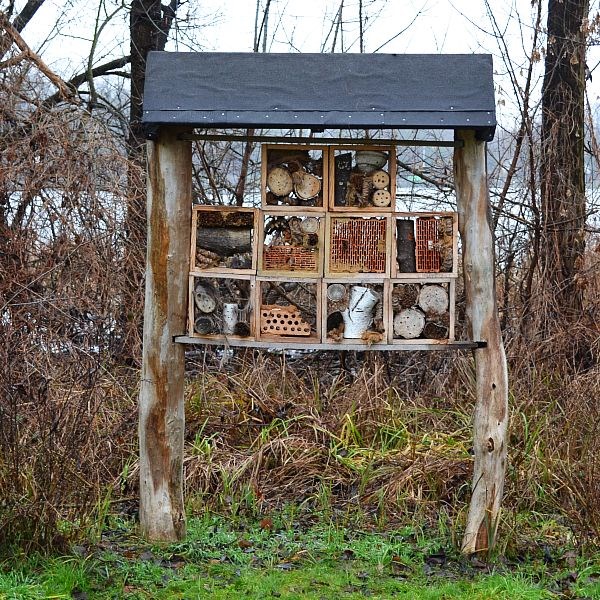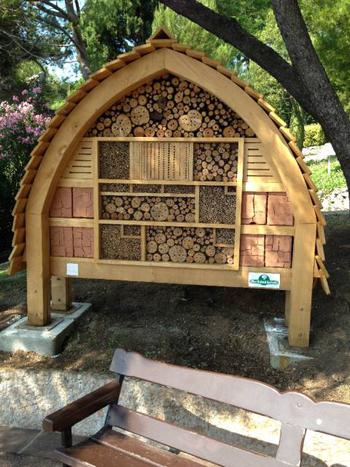 Brief post here to remind you that if you're working on fixing up your yard, it's best for the local birds & bees if you go native (native plants, I mean). But now there's another reason: new research showing that non-natives seem to make it easier for nasties like West Nile Virus mosquitoes to thrive! Which makes sense, right? If you give them the plants they are used to, they'll feel right at home. I'm fairly hospitable, but I do draw the line at evil disease-spreading non-native insects.
Brief post here to remind you that if you're working on fixing up your yard, it's best for the local birds & bees if you go native (native plants, I mean). But now there's another reason: new research showing that non-natives seem to make it easier for nasties like West Nile Virus mosquitoes to thrive! Which makes sense, right? If you give them the plants they are used to, they'll feel right at home. I'm fairly hospitable, but I do draw the line at evil disease-spreading non-native insects. So, the paper, Asymmetric effects of native and exotic invasive shrubs on ecology of the West Nile Virus vector Culex pipiens (Diptera: Culicidae), is a slog if you're not a biologist, so I just read the abstract.
If you're not sure what/how to find natives for your area, the Lady Bird Johnson Center for Wildflowers (www.wildflower.org) is an excellent starting place.
 |
| Credit |







